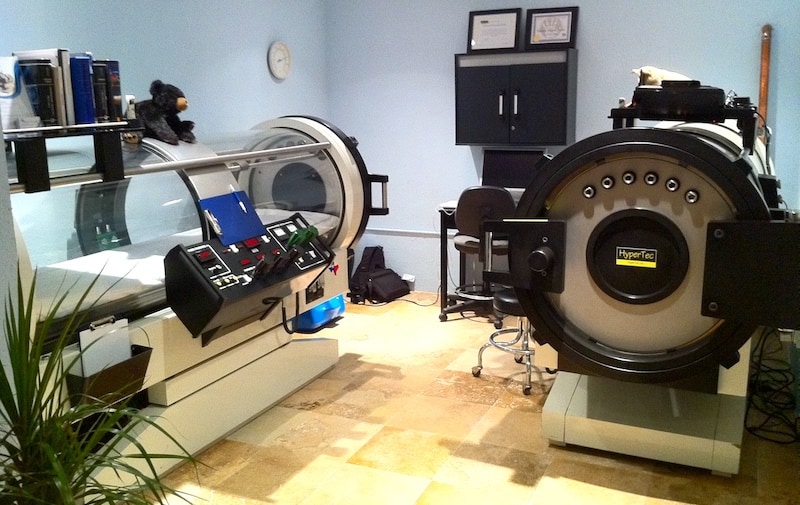[two_thirds]
[lightbox style=”modern” image_path=”/wp-content/uploads/2014/04/stem-cell.jpg” popup=”/wp-content/uploads/2014/04/stem-cell.jpg” link_to_page=”” target=”” description=”Stem Cell Therapy for Cerebral Palsy” size=”two_col_large” group=’1′]
[/two_thirds]
[one_third_last]
[h3]Stem Cell[/h3]
[/one_third_last]
[callout1]Stem Cell Therapy for Cerebral Palsy[/callout1]
What is Cerebral Palsy?
Cerebral palsy is condition that results from injuries or abnormalities of the brain, usually in the womb but occurring any time during 2 years after birth. It affects brain and nervous system functions such as thinking, seeing, hearing, learning and movement.
Common causes are hypoxia (low oxygen levels), head injury, maternal infections such as rubella, brain bleeding, brain infection, and severe jaundice. Types of CP include: ataxic, hypotonic, spastic, dyskinetic, and mixed.
Can cerebral palsy be treated with stem cells?
According to Duke University, which is utilizing autologous (patient’s own) cord blood-derived stem cells to treat children with cerebral palsy in an ongoing clinical trial, “Cerebral palsy results from in utero or perinatal injury to the developing brain, often through stroke, hypoxic insult or hemorrhage. Currently available treatments for patients with cerebral palsy are supportive, but not curative. Umbilical cord blood (UCB) has been shown to lessen the clinical and radiographic impact of hypoxic brain injury and stroke in animal models. UCB also engrafts and differentiates in brain, facilitating neural cell repair, in animal models and human patients with inborn errors of metabolism undergoing allogeneic, unrelated donor UCB transplantation. We hypothesize that, in the setting of brain injury, infusion of autologous UCB will facilitate neural cell repair resulting in improved function in pediatric patients with cerebral palsy.”
Since the beginning of this clinical trial at Duke, parents have been reporting functional improvement in their children after receiving cord blood-derived stem cells.
Which types of stem cells are best to treat CP and how are they obtained?
The CD 34+ stem cells are ideally suited for the treatment of Autism. HBOT exposure causes the bone marrow to mobilize cascades of CD 34+ stem cells from the patient’s own body. Naturally, these cells are keyed with the patient’s own DNA, therefore these stem cells pose no rejection risk because the body does not recognize them as foreign.
We offer one protocol to mobilize the CD 34+ stem cells for CP:
two 60-minute hyperbaric exposures daily for 20 consecutive days (each exposure is for approximately 75-minutes in total duration)
* It is suggested that the parent/caregiver read theUniversity of Pennsylvania School of Medicine “Stem Cell Mobilization Study”. Please click here for copy of full study to understand how Hyperbaric Oxygen Therapy (HBOT) has been proven to mobilize CD 34+ stem cells after 40 cumulative hours of exposure.
Stem Cell Therapy for Cerebral Palsy
[hr_shadow]
[show-testimonials alias=’REVIEW’]

